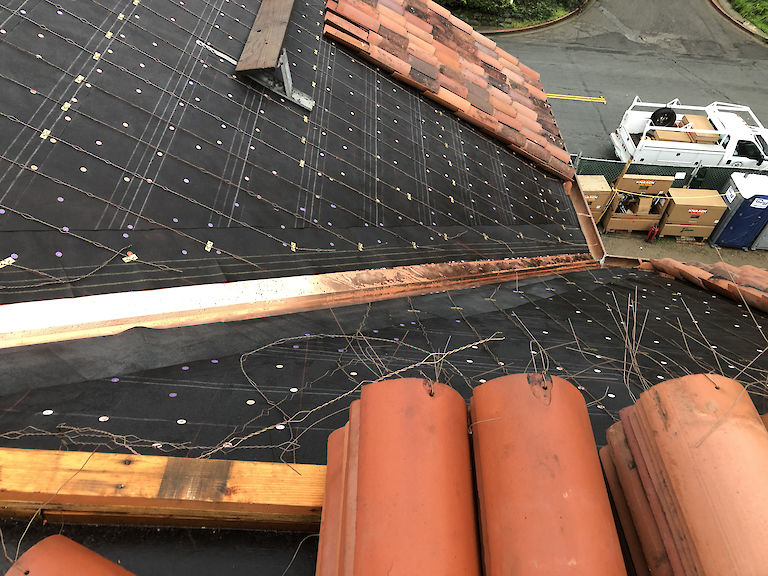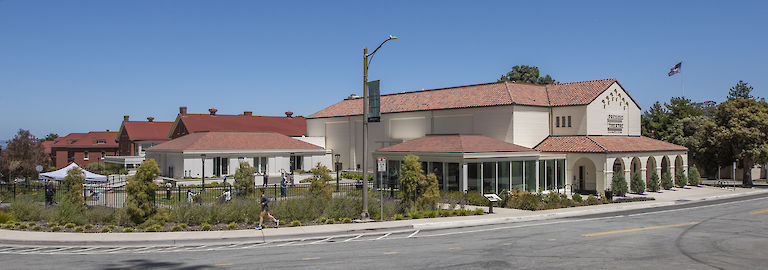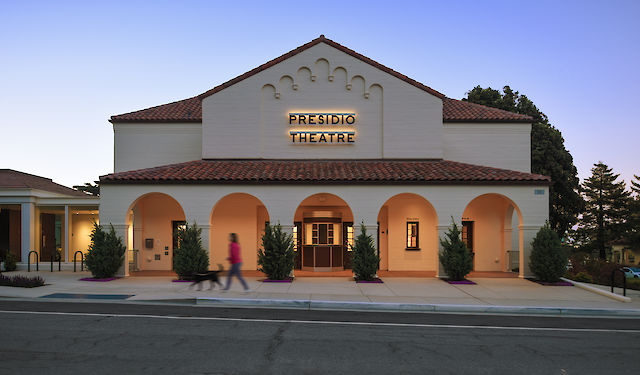By Edward Beltran
October 12, 2022
The Presidio Theatre was chosen by a jury of top professionals from the California Preservation Foundation for the 2021 Preservation Design Award for Rehabilitation. Based on original drawings and photographic documentation, many elements and character defining features of the original Presidio Theatre building were rehabilitated through preserving, repairing, or reconstructing these elements, initiating the next chapter in the life of the Presidio Theatre.
Hornberger + Worstell completed the rehabilitation and expansion of the Presidio Theatre, creating a new performing arts center to serve the community with a wide range of performances, educational programs and as an events venue. Full seismic and systems upgrades as well as site work and landscaping were completed to meet the building and site current fire, life-safety, and accessibility codes and to address Presidio Trust standards. The comprehensive rehabilitation included many areas that were important historic contributing factors of the building, all rehabilitated to preserve and maintain the original charm and character of this historic Presidio landmark. Key elements to this comprehensive rehabilitation include the restoration of the historic Anemostat air and light diffusers, moving the proscenium 13 feet forward and rehabilitating the existing historic fabric, including salvadging clay roof tiles and re-installing them on the historic building – one of the most sustainable construction practices.
Historic Anemostat and Light Diffusers
The Presidio Theater was designed with mechanical ventilation which employed ceiling distribution of heated supply air. Large diameter circular metal air grilles, called Anemostat diffusers, were arrayed in the ceiling of the audience hall and, along with their integral light diffusing plaster saucers, became a significant feature of that central space. Preserving these elements but re-purposing them to function as an integral part of a modern mechanical and lighting system was a challenge. Audience halls achieve the best thermal comfort by introducing tempered supply air through vents located beneath seats and by removing exhaust air through slots or grilles in the ceiling. To accomplish this required a complete re-engineering of the system whereby the historic Anemostats were used to aid in the removal of exhaust air (rather than supply) from the hall. The large diameter light reflecting plaster saucers were repaired, reintegrated with the Anemostats, retrofitted with dimmable LED lighting, and locations appropriately adjusted to provide balanced light in the hall.
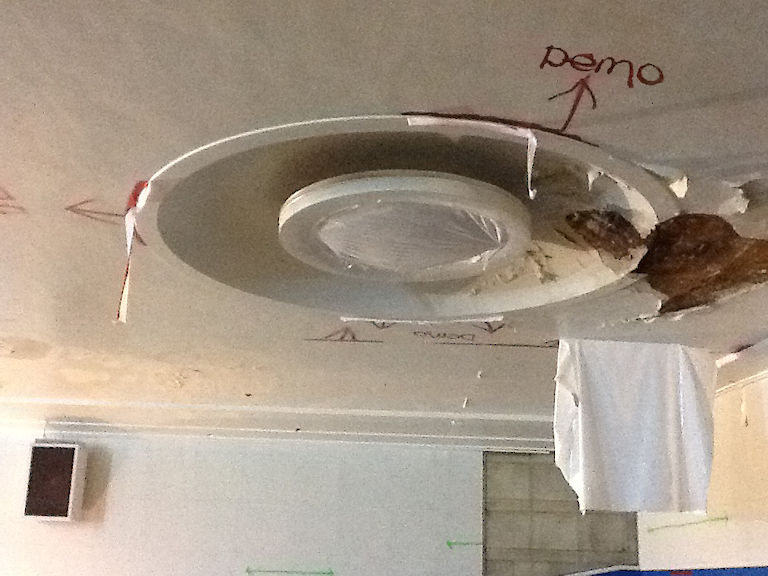
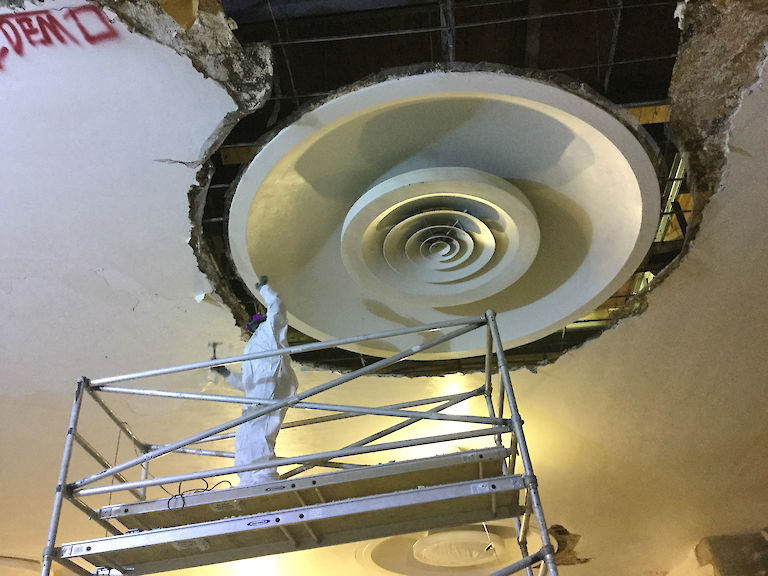
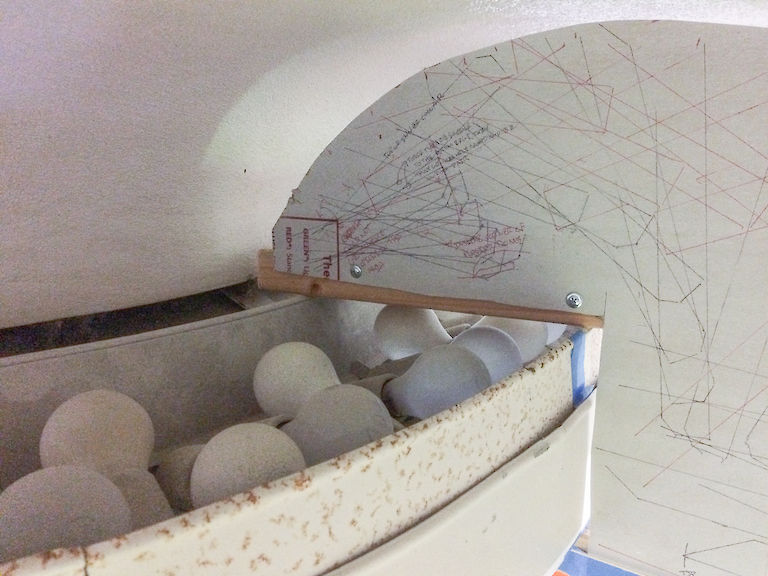

Proscenium Surround
A significant feature of the Theatre is its stepped plaster proscenium surround. Creating a deeper stage required that the proscenium be moved forward into the audience hall by 13’. The solid plaster and wood frame construction of the surround literally weighs many tons. One early option was to cut the surround into seven sections, crate and store the sections, then re-assemble the sections in their new location once adjacent structural work was complete. The project’s contractor devised a better method of moving the element though. Carried by wheeled dollies mounted on guide tracks and moved with a winch and chain come-along system, the entire proscenium was slowly inched forward as a single element, to its new location within the hall. The new location accommodates the re-constructed stage skirt and new side aisle ramps which allow the stage to now be fully accessible from the audience hall. Once in place, side walls and plaster ceiling were joined again to the proscenium, allowing it to visually unify the project’s major interior space.
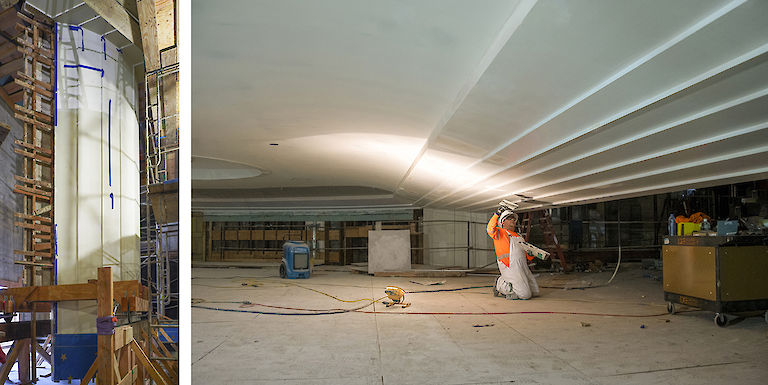
Technology and Building Practices Promoting Environmental Design, Material and Energy Conservation
The project incorporates several elements intended to address sustainability and long-term affordability of operations. They include the use of high-efficiency LED lighting throughout the Theatre building as well as a new mechanical system that uses 100% outside air and heat transfer to ventilate and condition all spaces. Existing historic fabric, including clay roof tiles were salvaged and re-installed on the historic building –one of the most sustainable construction practices.


